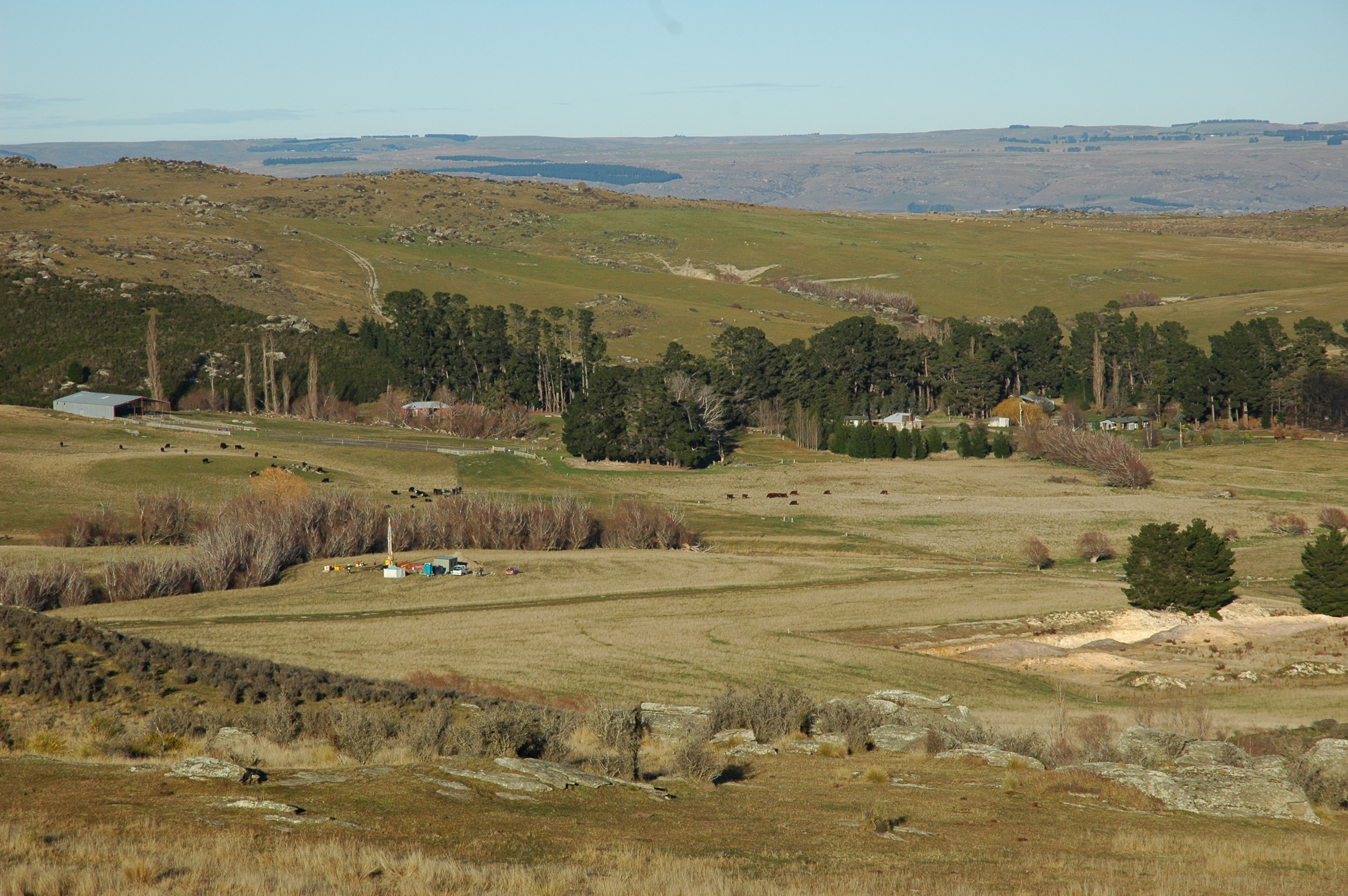
The research, whose lead author is former University of Otago paleobotanist Tammo Reichgelt, is the first of its kind to measure how ancient plants respond to living in a world with elevated levels of carbon dioxide.
Dr Reichgelt, who now works at the University of Connecticut in the US, produced work that was published in the European Geosciences Union journal Climate of the Past.
It provided the first evidence that Foulden Maar trees, growing in an environment with elevated carbon dioxide, levels functioned very differently from trees today, a statement from the University of Otago said today.
Plants that grew in the warmer, high carbon dioxide environment of Central Otago millions of years ago could be better or as good at conserving water as a modern-day tree in much more water-stressed
environments.
‘‘Because the leaves at Foulden Maar are mummified, the site presents a very rare opportunity to make anatomical and chemical measurements on the leaves that translate directly to climatic and atmospheric conditions at the time the forest was growing,’’ Dr Reichgelt said in the statement.
‘‘Our results suggest that during the time when the rainforest around Foulden Maar existed, the amount of carbon dioxide in the air was between 450 and 550 parts per million which is about 20% to 30% higher than today and similar to levels projected in about two decades time.’’
In the not-so-distant future, environmental conditions could be more favourable to plant growth and forest expansion - a global greening effect - the statement said.
However, Dr Reichgelt warned it was difficult ‘‘to predict the winners and losers’’ in an atmosphere with higher levels of carbon dioxide and increased global temperatures.
He did note though the research continued to highlight the potential from the scientifically valuable Foulden Maar, which ‘‘came close to being used for pig food and palm oil fertilizer’’.
The Dunedin City Council in July said it was continuing to work with the receivers of Foulden Maar.
Early this year, former council chief executive Sue Bidrose said a property valuation for the site was expected shortly, and negotiations to acquire the land formed by the 23-million-year-old volcanic crater lake near Middlemarch would begin once the council received the valuation.
The 1000m diameter fossil-rich crater lake is considered to contain a globally-significant fossil and climate change record.
When it emerged Plaman Resources planned to mine 500,000 tonnes of diatomite a year at the site, it triggered outrage from neighbours and members of the scientific community.
Plaman Resources was moving to buy a neighbouring farm, to expand its mining footprint, when it was placed in receivership last year.
At the time, there were calls at a public meeting for the council to use the Public Works Act to acquire the site and prevent it being bought by another group with mining interests.
Dr Reichgelt’s study was funded by a New Zealand Marsden Grant project led by University of Otago’s Associate Professor Daphne Lee, and the United States National Science Foundation.
Prof Lee and her colleagues have written more than 40 papers based on research from Foulden Maar and in today’s statement said in addition to Dr Reichgelt’s study, two other papers from Foulden Maar were ‘‘just’’ published - one a review on all fossil Galaxias known which all happen to be from Otago, while the other study documents the first fossil rove beetle from the Southern Hemisphere.
Foulden Maar is currently inaccessible for research due to the receivership proceedings, but the on-going publication of research demonstrates the site’s importance and value to science, she said.












